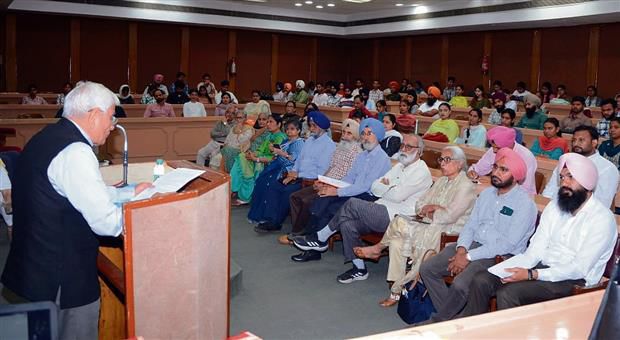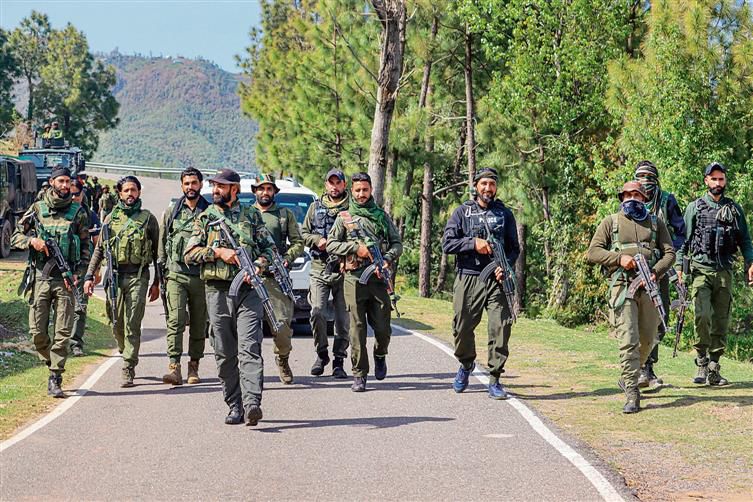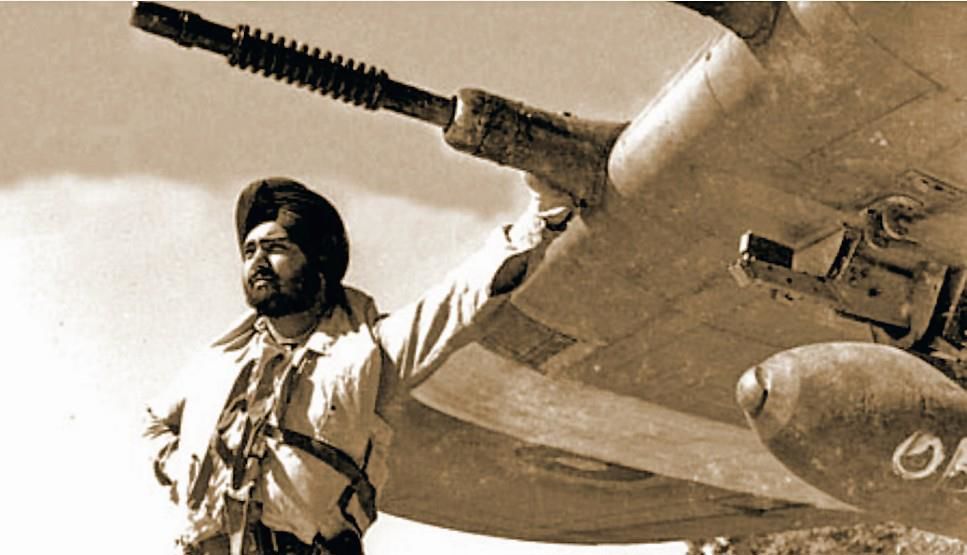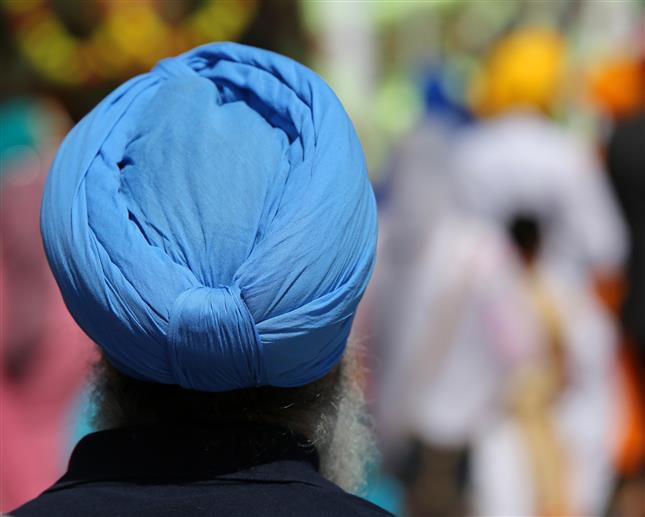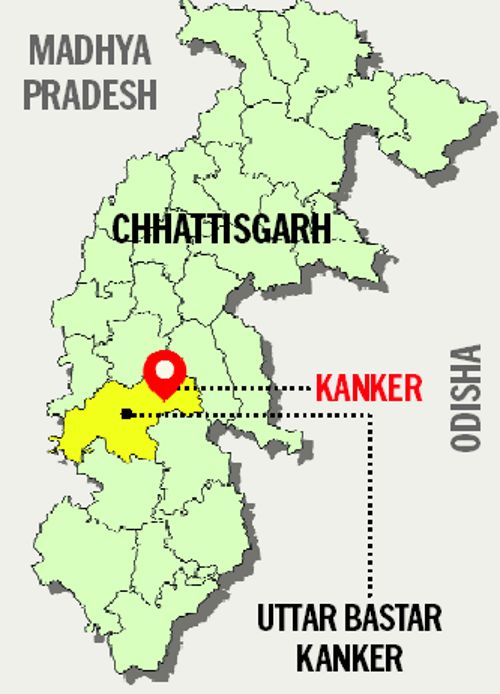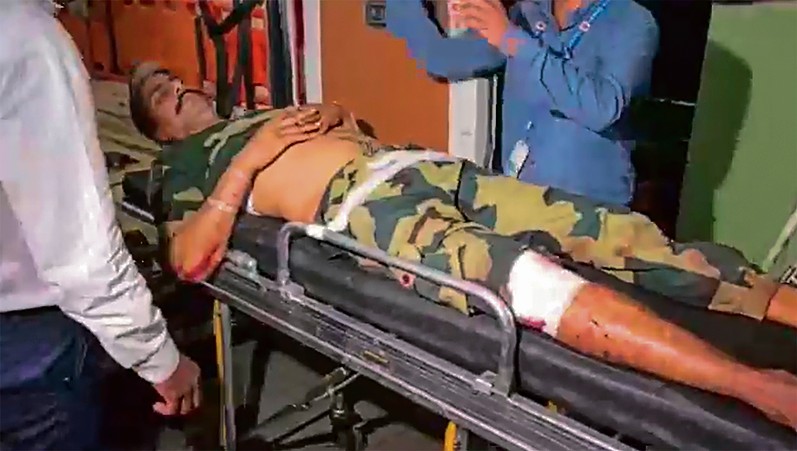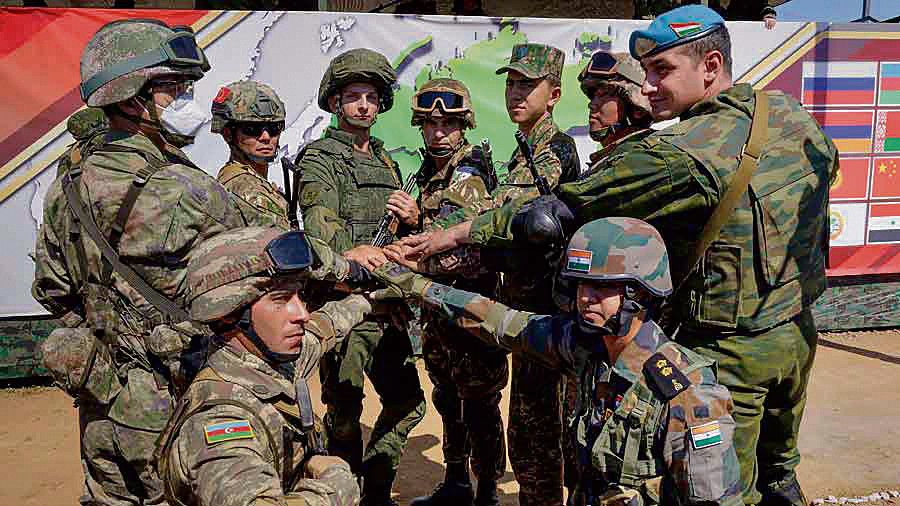It’s vital for India not to fritter away the military gains atop Siachen Glacier

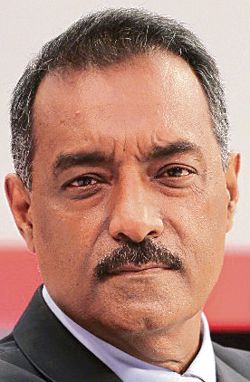
IT’S been 40 years since the first batch of Indian troops was moved posthaste to the Siachen Glacier to prevent Pakistani occupation of the world’s highest, coldest and perhaps the most demanding frontline. Operation Meghdoot was launched by the Indian Army and the Indian Air Force (IAF) on April 13, 1984.
Siachen is wedged between the Shaksgam valley and Aksai Chin. It carries a key strategic benefit for India.


PlayUnmuteLoaded: 1.19%Fullscreen
Clearly, there was more to the boundary claims of both sides than met the eye. The Pakistanis were working towards a plan hatched in China in the 1960s to not only connect northern parts of Aksai Chin but also to harness 100 million acres of freshwater resources (which Siachen possesses) that China and Pakistan direly need — Pakistan for building more dams and generating hydroelectric power and China for realising its ambition of becoming a microchip giant. Apparently, every 10,000 litres of fresh/river water can be mixed with desert sand and chemicals to produce a 30-cm square sheet of silicon wafer. And there are a lot of glaciers in that area (242 in the Shaksgam valley itself in Pakistan-occupied Kashmir) that Pakistan handed over to China in February-March 1963, months after India’s 1962 debacle.
Siachen is wedged between the Shaksgam valley and Aksai Chin. So, it carries a key strategic benefit for India. India’s military presence on the icy heights around the glacier was initiated with the government’s permission in 1984 on the recommendations of Lt Gen ML Chibber, then Northern Army commander. He said: “But the strategic importance of the area was not a major consideration, nor was our purpose to capture any territory… It was simply to ensure that we were not presented with a fait accompli like that in Aksai Chin in the early 1950s.” Since the Chinese invasion of 1962, New Delhi had been understandably sensitive to cartographic ambiguities at its borders.
In fact, the origins of the dispute over Siachen lie in a cartographic controversy. The Line of Control (LoC) of today is the 1949 CFL (Cease Fire Line) with some modifications. This de facto boundary line begins north of Jammu and ends abruptly at a mountain height called NJ 9842. Beyond that lies the glacier in no man’s land, as per the India-Pakistan agreements of Karachi (1949) and Suchetgarh (1972). But since the 1970s, several international maps had begun to depict the Siachin Glacier as part of Pakistan. This included the National Geographic Society’s Atlas of the World, University of Chicago’s A Historical Atlas of South Asia and The Times Atlas of the World, published in London. All these showed the CFL extending from NJ 9842 in a northeasterly direction right up to the Karakoram Pass and onto the Chinese border. This, until then, had not been done even by Pakistani maps.
Apparently, this cartographic confusion came from some maps that were initially produced by the US Defence Mapping Agency, which depicted the LoC running from the vicinity of NJ 9842 northeast to the Karakoram Pass in the 1970s and the 1980s. The best explanation for this error by America’s mapmakers appears to lie in the possible ‘translation’ of air defence information zone (ADIZ) markings into a boundary line, which provides zoning boundaries for air traffic controllers in civil/military aviation. This gave the impression of the extension of the LoC from NJ 9842 to the Karakoram Pass, and thus became an article of faith for the Pakistanis. However, there can be several ADIZs that could pass through one country, and these are not national boundary lines. But the publication of such maps by many of the world’s leading atlases further encouraged the Pakistani army to contest the sanctity of the LoC beyond NJ 9842, and that’s where the Siachen area lies.
Initially, under then President Gen Zia-ul-Haq — prodded on by ambitious military commanders — Pakistan made plans to occupy the glacial heights around Siachen. Military men would know that you can defend territories by occupying heights. And in this case, the Saltoro Ridge is our wall against Pakistan’s adventurism. Holding on to the western wall of the glacier in the initial stages amid a lack of acclimatisation led to hundreds of casualties. But the Indian Army held its ground, with logistics provided by the IAF. In the 1984-87 period, our soldiers gained complete dominance over the glacier by controlling the heights. All this took Pakistan by surprise and its many attempts to dislodge Indian troops since then have been unsuccessful. Now, they talk about going back to the pre-1984 positions because the Pakistani army is embarrassed to admit these reverses in public, thanks to the grit and determination of our forces.
And as Pakistan now cannot take back what the Indian Army holds on the Saltoro Ridge, its troops have to camp (and look up in awe at India’s soldiers) from the lower valleys, even as its military brass has spread the lies of its failed operations in Siachen for 40 years. A section of the Pakistani media has created the opinion that the maintenance of troops along the glacier is unaffordable for India. On the contrary, India can easily afford it. At a cost of about Rs 2,000 crore per annum, Siachen takes up a small part of India’s defence budget, which has now risen to over Rs 6.21 lakh crore.
Primarily, the bilateral talks are centred around India’s insistence that Pakistan acknowledge the gains that Indian troops have made along the glacier and accept the 110-km-long Actual Ground Position Line before any troop withdrawal takes place. The Indian Army wants ironclad guarantees from Pakistan following the Kargil experience of 1999, including verification of troop positions and signed maps that confirm India’s military gains. But the Pakistanis are unwilling to do this. If India gives away the hard gains made by many gallant men, the scenario will be similar to the disastrous Simla Agreement of 1972






















































